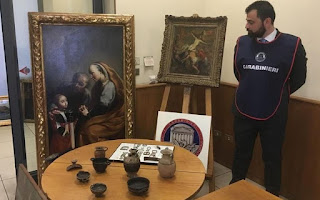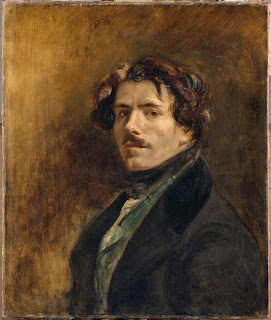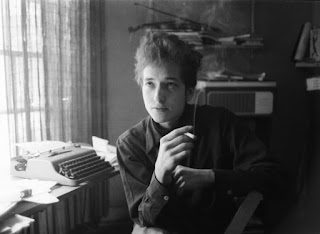Ring of Art Criminals
A Swedish Professor Just Brought Down a Notorious Ring of Art Criminals
The scholar became suspicious after buying a 16th century prayer book online.
He may not be Charles Xavier, but one Swedish professor just used his mental abilities to defeat a nefarious gang of art criminals. A tip from the scholar led police to bust an Italian art-theft ring that reportedly had stolen rare artworks and antique manuscripts from across the country.
The professor, who teaches at Sweden’s Lund University, went straight to the authorities when he became suspicious about the provenance of a 16th-century prayer book he had purchased online. The book, titled Modus Orandi Deum Aliaque Pia et Christiana Exercitia Nec Non Deiparae Virginis Maria Litaniae, was marked with an antique stamp from the Royal Library of Turin, and the purchaser was right to trust his instincts; it had been stolen from a display case there back in 2012.
“The professor showed great sensitivity as an academic, getting in contact immediately with authorities,” Giovanni Saccani, director of the Royal Library, told La Stampa, according to the The Telegraph. “And he didn’t even want any compensation for returning it, despite [the book] having cost €20,000–30,000 [$22,000–33,500].”
After the professor reached out to Sweden’s Italian embassy, the Italian Carabinieri Tutela Patrimonio Culturale art fraud squad was put on the case. Authorities tracked down the seller, a university student in Bologna, who had in turn purchased the rare book from one of Turin’s major book dealers. In the dealer’s warehouse, investigators discovered a trove of stolen works.
According to The Telegraph, art crime is increasingly prevalent in Turin, which saw 77 art-related arrests and 3,470 antique works seized before they could be exported in 2016—28 percent more than the previous year. Most recently, authorities announced on May 27 that they had raided a villa in the countryside outside Turin, recovering works by Guido Reni and Anthony van Dyck thought to be worth millions, and lesser paintings by Jacopo del Sallaio, Luca Carlevaris, Giacomo Guardi, Luigi Crespi, and Tommaso Salini.
A collector who was paid in counterfeit bills—the villa’s room had a safe with a false bottom, ostensibly meant for secure storage during negotiation—had tipped off the police about the paintings’ whereabouts.
Less than two hours away, in Monza, €27 million (nearly $30 million) worth of artwork by Rembrandt and Renoir was stolen in late April by thieves posing as prospective buyers. Authorities are still working to solve the crime.





Comments
Post a Comment
Thank you for your response
Kind regards Pierre